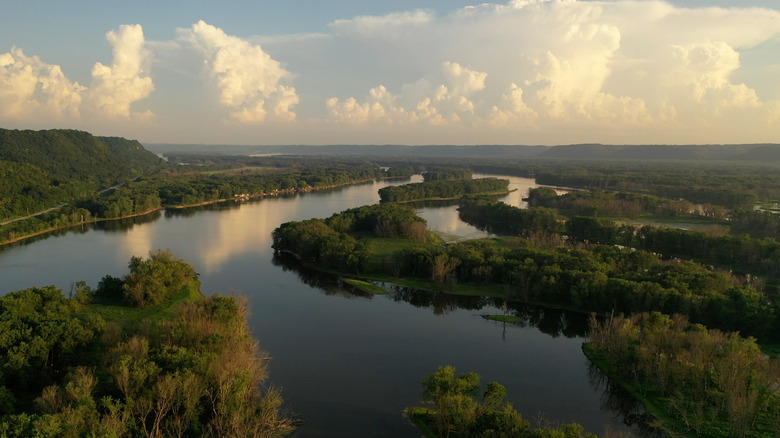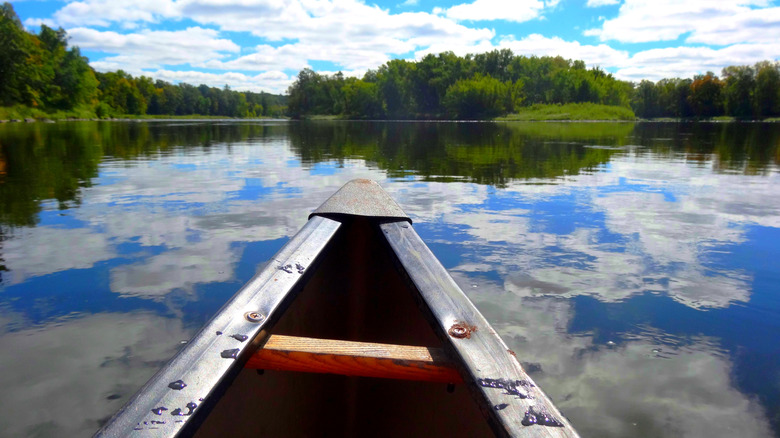Minnesota is the perfect destination for lovers of the great outdoors – Minneapolis is the most bike-friendly city in the country, after all. And being the Land of 10,000 Lakes and home to the Mighty Mississippi River, there are plenty of water activities to do around the state. If you love paddling by canoe or kayak, the Verchota Canoe Trail is one experience you can’t miss.
This canoe trail is 11.2 miles long and rated as difficult — it’s best for experienced paddlers. This is because the beginning of the trail requires upstream paddling and has strong currents, and you’ll need to navigate around submerged rocks — or even portage — when water levels are low. The route is located at Pool 5A, and starts at Verchota Landing in Minnesota City near Winona; it’s recommended to travel counter-clockwise. However, it’s possible to make the trail easier. Put in at Bass Camp and paddle with the flow of the river downstream to Verchota Landing instead of doing the complete loop from the landing. This option will avoid the challenging upstream paddling.
What to expect on the Verchota Canoe Trail
The Verchota Canoe Trail is on the border with Wisconsin in the Upper Mississippi River National Wildlife and Fish Refuge, a 240,000-acre area that’s been protected since 1924. It covers 261 river miles and is a designated Wetland of International Importance. Along the trail, you’ll find braided channels, islands, and pools — plus marshes and forest that are a critical habitat for a variety of animals.
The wildlife is one of the major attractions for visiting the Refuge and this canoe trail. The Refuge has about 15 active heron colonies, plus over 250 bald eagle nests, making it a fantastic destination for birdwatchers. There are also 119 fish species here, so anglers will love casting a line. As you paddle the peaceful Verchota Canoe Trail, keep your eyes peeled (and your ears open) to encounter the area’s diverse wildlife.
The best time of year to do the Verchota Canoe Trail is in spring. This is before the water plants grow, and spring is great for seeing migrating birds. In summer, you’ll need to paddle through beds of lotus on the water — making a challenging trail even more tiring. Practice water safety to ensure a stress-free adventure. Always wear your personal floatation device, check the weather and river conditions in advance, and be sure to tell someone your plan: where you’ll put in and take out, and when you’ll arrive back home.




